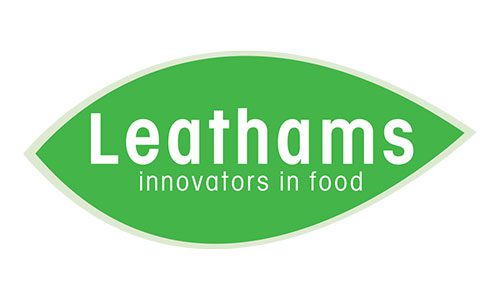The Role of the Dispute Evidence Review
Leathams wanted to consider their options and knew they needed full clarity regarding contractual obligations, Expert Responsibilities, and the potential for financial compensation to inform their next steps. They needed to know what evidence they could rely on to progress their claim – BPG were brought in to review the evidence.
Our initial discussions with Leathams highlighted issues and uncertainties which they needed clarity on, including:
- Likelihood of visibility of a successful WMS implementation
- How the WMS system was originally represented by the supplier
- To what degree the expectations of the WMS been delivered in line with the sales proposal and contract
- Ambiguities in the contract and service schedules drafting
- Who should have been responsible for identifying software defects?
- To what degree the supplier should have provided project management for the WMS implementation
- Supplier’s ‘Duty to Warn’
- Visibility of a potential financial claim against the supplier (if appropriate)
- Potential termination, Exit Management and re-procurement options.
BPG delivered a ‘Dispute Evidence Review’ process to clarify these areas of uncertainty and confirm what evidence supported Leathams’ claim to get their money back (and evidence that did not), in order to support them in negotiating a favourable financial settlement from the supplier.
BPG’s Dispute Evidence Review Process
- Step 1: Documentation Review
- Step 2: Stakeholder Interviews (to achieve a better understanding of the issues and the operating behaviours of the supplier and Leathams.)
- Step 3: Analysis of findings
- Step 4: Clarification and early feedback of findings discussing any areas of further clarification required
- Step 5: Output workshop
- Step 6: Options/Recommendations regarding the possible ways forward for Leathams.
The first step was to review and assess the strength of the documentary evidence available to inform us of (a) where the documentation was ambiguous and therefore leading to uncertainty in what the supplier was and was not responsible for and (b) what specific ‘expert responsibilities’ the supplier had, so that Leathams had visibility of how these responsibilities clarified the ambiguous areas of the contract and could make informed decisions regarding their next steps. From the documentation review BPG compiled the following:
- Amended, extended version of the timeline spreadsheet covering 3 years
- Updated library of related emails
- An ‘Attachments Library’ of the documents which were attached to the emails
- An ‘Evidence Matrix’ spreadsheet that correlated with the timeline spreadsheet and which included relevant extracts and narratives from and relating to the events and correspondence which flowed between the parties
- An overall review document summarising BPG’s review activities and findings.
The level of detail in Leathams’ timeline and supporting email library, was impressive. It provided a good basis for the review and serves as a ‘good practice’ example to other clients experiencing similar challenges with their strategic supplier relationships. Whilst working through the timeline-related emails, we extracted all the attachments and created an ‘Attachments Library’. Many of these documents would be material to any investigations required in the future, subject to the next actions decided upon. During this process, we also compiled an ‘Evidence Matrix’. This was designed to complement the timeline spreadsheet whilst cross-referencing to it, providing relevant narrative, incorporating material extracts from emails and documents and citing the related email and attachment filenames. This matrix would also serve as a primary reference for any Legal Counsel seeking to quickly achieve a comprehensive understanding of events whilst also providing a roadmap to email and documentary details.
The Evidence Review Output Workshop
Once the evidence was captured and assessed the resulting documentary evidence database provided a sound basis and working tool which could support Without Prejudice negotiations, mediation or the less desirable option of pursuing litigation. A workshop was conducted with Leathams to demonstrate/discuss the pros and cons of the evidence and discuss suggested approaches for negotiation with the supplier. The workshop covered:
- What work the supplier did which was good and what was not so good
- Where the contract/schedules were clear about what the supplier was responsible for and what they were not
- Where the contract and schedules were found to be ambiguous, to what degree the ‘expert responsibilities’ of the supplier help to clarify what they were responsible for
- What financial compensation was realistically achievable.
The workshop was used to develop a high-level roadmap of the steps Leathams would need to take to:
- Use the evidence to prepare for discussions with supplier senior executives
- Undertake and lead any negotiations with the supplier’s senior executives
- Undertake high-level contingency planning for the various outcomes from those discussions.
The workshop assisted Leathams to gain better certainty of their position, provided them with options to conclude the relationship early and enabled them to mobilise and implement the recommendations.
Since our involvement in this project Leathams have returned to BPG requesting our support on other separate projects.

